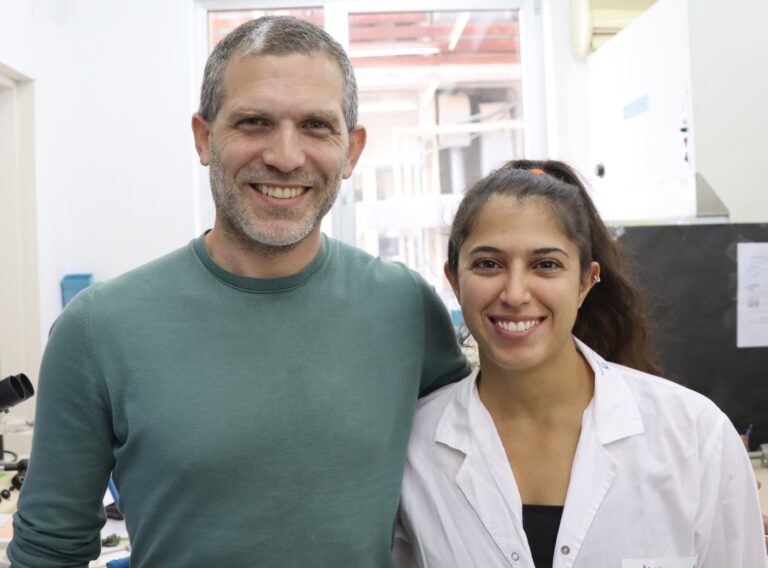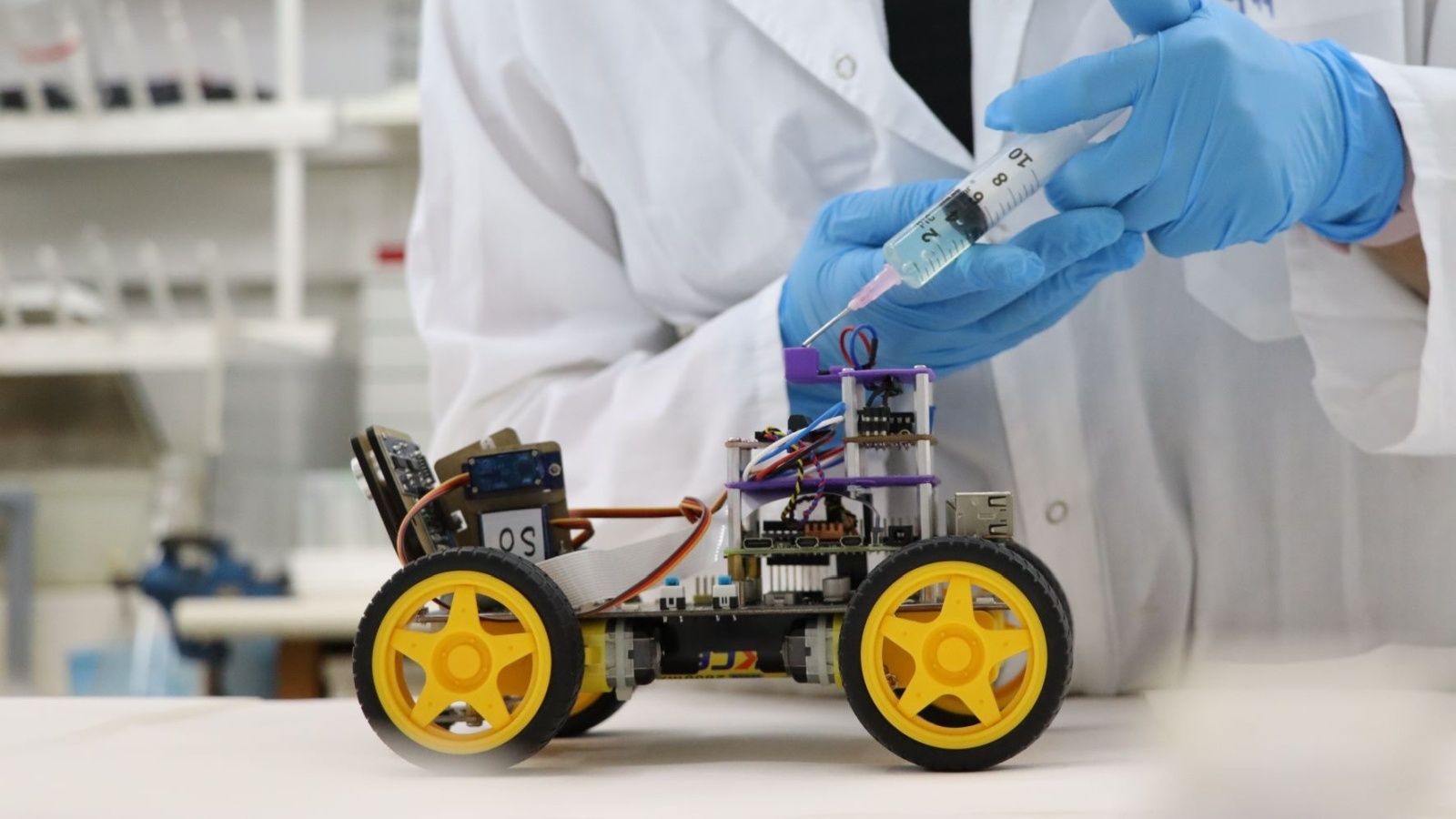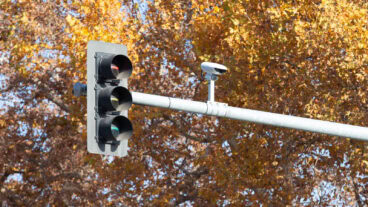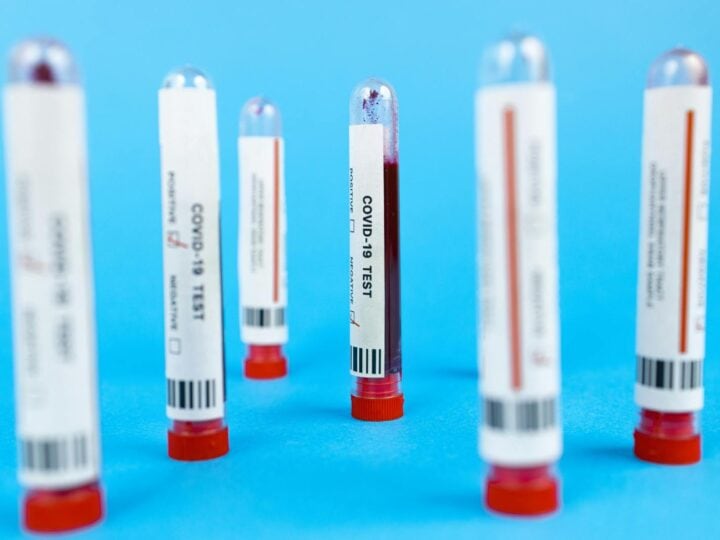Israeli researchers have invented the first robot that can smell, using desert locust antennae as biological sensors integrated with electronic systems.
Found to be 10,000 times more powerful than a commonly used odor-detection electronic device, the bio-hybrid “odor discriminator” was built by a research team led by doctoral student Neta Shvil of Tel Aviv University’s Sagol School of Neuroscience.
The researchers connected locust antennas to technology known as EAG, which records the electrical signals received from the locust antenna in response to a variety of odors.
They exposed the robot to different odors while measuring the electrical activity that each odor induced. Then, they used machine learning to create a library of eight smells, including geranium, lemon and marzipan, and two mixtures of different odors.
Team member Ben Maoz said the system allows for odor recognition and identification when used in conjunction with an electronic device.
“The future of the study is basically to use this system in places where smell is significant and we cannot identify the smell with the current tools,” said Maoz.

He explained that just as animals have “amazing abilities” to detect explosives or drugs, diseases and earthquakes, a robot with a biological nose could help save lives “and identify criminals in a way that is not possible today.”
The research team also included Prof. Yossi Yovel and Prof. Amir Ayali of TAU’s School of Zoology. The results of the study were published in the journal Biosensor and Bioelectronics.
The researchers concluded that bio-hybrid sensors – which combine animal biological sensors with electronic components to achieve maximum detection and classification — “demonstrate] a principle that can be applied to other senses, such as sight and touch.”
“The sky’s the limit,” Maoz said.

















